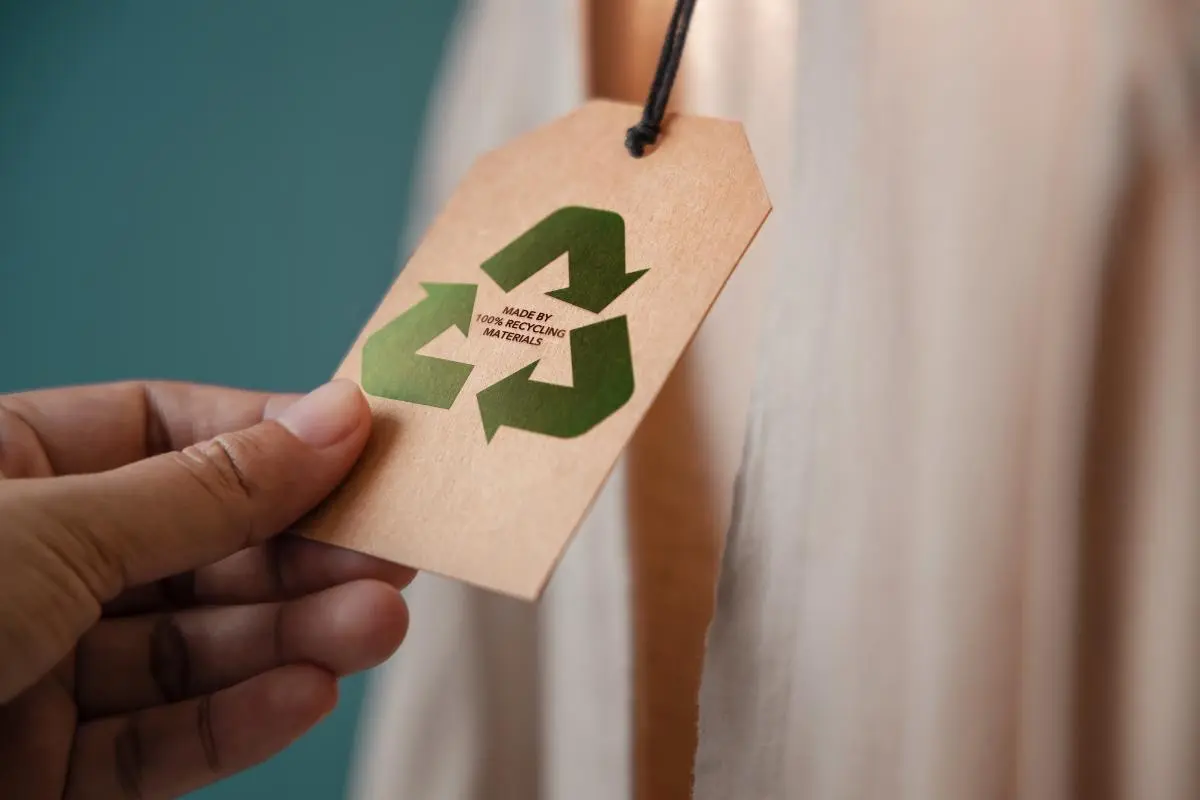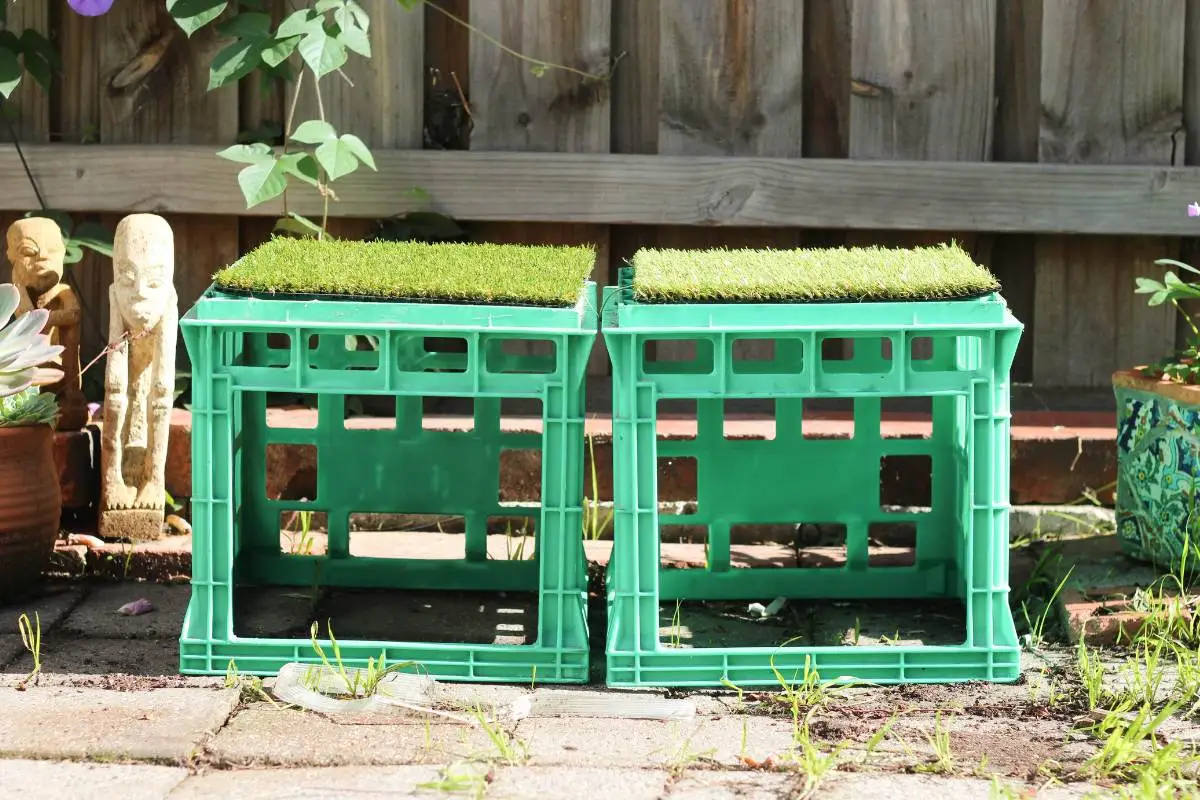How to Recycle Old Clothing: Tips and Creative Ideas
Introduction
In a world increasingly conscious of environmental sustainability, the fate of old clothing has become an important issue. Every year, millions of tons of garments are discarded, contributing to landfill waste and environmental pollution. However, with a bit of creativity and effort, recycling old clothing can be an effective way to reduce waste, save money, and even unleash your creative flair. This article will explore various methods to recycle old clothing, from simple DIY projects to more elaborate reuse ideas, ensuring your outdated or worn garments get a second lease on life.
The Importance of Recycling Old Clothing
Why Recycle Clothing?
Recycling clothing plays a crucial role in environmental conservation. The fashion industry is one of the major contributors to global waste and pollution. By recycling old garments, you help:
- Reduce landfill waste: Clothing that ends up in landfills can take hundreds of years to decompose, releasing harmful chemicals and dyes into the soil and groundwater.
- Save natural resources: Recycling clothes lessens the demand for new raw materials, conserving energy and resources that would otherwise be used in the production of new fabrics.
- Decrease pollution: It cuts down on the pollution generated by the production, transportation, and disposal of new garments.
Environmental Impact of Textile Waste
The environmental impact of textile waste is staggering. It’s not just about the volume of waste but also about the type of materials that linger in the environment. Synthetic fabrics, such as polyester and nylon, are particularly problematic because they are essentially plastics made from petroleum and can take hundreds of years to decompose. Moreover, the decomposition process of synthetic fabrics releases microfibers that contribute to microplastic pollution in the ocean.
Creative Recycling Techniques
Transforming Clothes into Art Supplies
One innovative way to recycle old clothing is by transforming it into art supplies. Old t-shirts, for instance, can be cut into strips and used as yarn for knitting or crocheting. This can create new items like rugs, baskets, or even cozy blankets. Additionally, fabric scraps from various garments can be used in quilting, creating beautiful and unique patterns for new projects.
DIY Clothing Alterations
For those with basic sewing skills, altering old clothing can provide a fresh look without the need for new purchases. Simple alterations can include:
- Resizing: Adjusting the size of a garment to fit better can transform its appearance and functionality.
- Restyling: Converting a long dress into a skirt and top set, or turning old jeans into shorts, are examples of how you can give a new style to old clothing.
- Adding embellishments: Sewing on patches, embroidery, or even painting on fabric can add new life to an old piece.
Stay tuned for the continuation of our guide, where we will delve into more unique ideas for recycling old clothing, practical tips for implementing these ideas, and the conclusion that ties all these elements together, encouraging you to embark on your recycling journey.
Upcycling to New Fashion
Upcycling represents a step beyond simple recycling — it involves transforming old clothing into something more valuable and stylish. Here are some upcycling ideas that can breathe new life into your wardrobe:
- Creating new garments: Combine parts of multiple old garments to create entirely new outfits. For instance, sewing together panels from different colorful t-shirts can result in a vibrant, one-of-a-kind dress.
- Accessorizing: Old jeans can be cut and sewn into fashionable tote bags, or old sweaters can be transformed into cozy winter hats and scarves.
Participating in Clothing Swaps
Clothing swaps are a fun and social way to recycle clothing. By participating in or organizing a local clothing swap, you can declutter your wardrobe, help others do the same, and find new-to-you clothes without any cost. This not only extends the life of garments but also promotes a sense of community and shared responsibility towards reducing fashion waste.
Practical Tips for Recycling Old Clothing
To effectively recycle your old clothing, consider these practical steps:
- Research: Look for local textile recycling programs or companies that accept old garments. Some organizations even offer incentives for recycling old clothes.
- Organize: Sort through your wardrobe systematically. Identify items to keep, recycle, donate, or upcycle.
- Repair: Sometimes, all a garment needs is a little mending to extend its life. Learning basic sewing techniques can save many clothes from the landfill.
Donating and Selling Old Clothes
Don’t forget the simpler options of donating or selling your old clothes. Many charities accept clothing donations, which help support their programs and benefit individuals in need. Alternatively, selling clothes through online platforms or second-hand stores can earn you some extra money while recycling garments responsibly.
Embrace the Cycle of Fashion Reuse
Recycling old clothing is more than just a necessity for environmental sustainability; it’s a creative challenge that can enhance your style, your home, and your community. By embracing the concepts of recycling, upcycling, and donating, you contribute to a more sustainable planet and a more ethical fashion industry.
Explore the possibilities hidden in your wardrobe and encourage others to do the same. Remember, every piece of clothing that is reused or repurposed means one less item in the landfill, conserving resources and reducing pollution. Begin your journey of clothing recycling today and make a tangible difference in the world.





